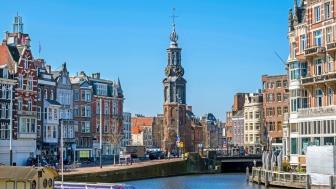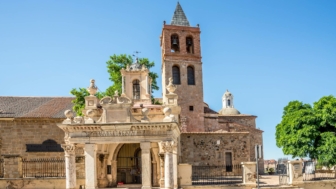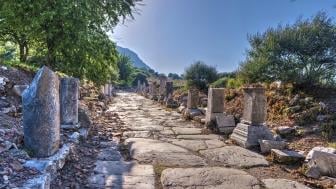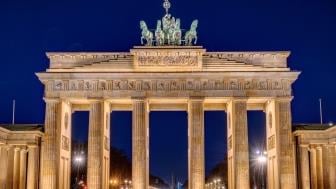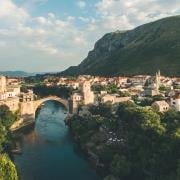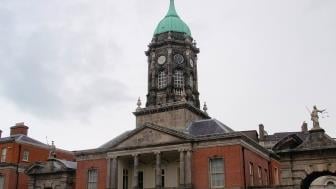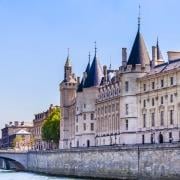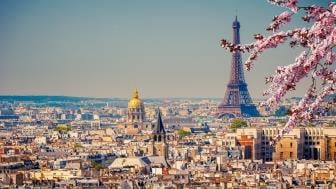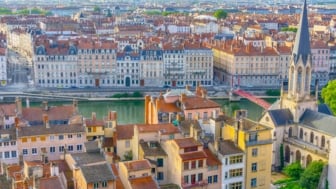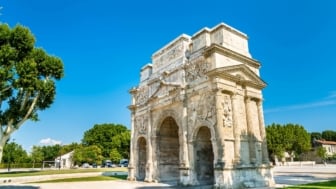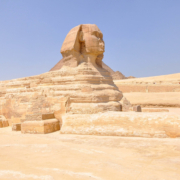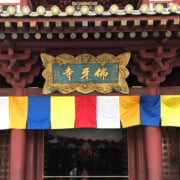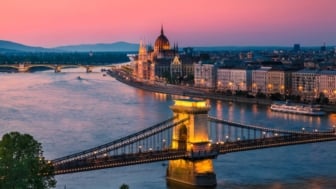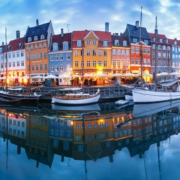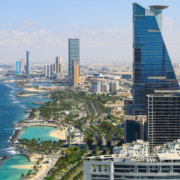Crete is famous for its beaches (yes, as I am writing these words, I am dreaming of being in a sandy Cretan beach under a palm tree looking at the sea and reading my book), for its food and delicacies (I’ll come back to this at another blog post), for locals’ hospitality and last but certainly not least for Knossos, the heart of the Minoan civilization. Here is what you need to know before your visit to the magical archaeological site.
Located close to Heraklion, Knossos is the city where the Minoan civilization flourished and vanished into thin air. It was well-known already since antiquity and Homer wrote in Odyssey that “among their cities is the great city of Knossos, where Minos reigned when nine years old, he that held converse with great Zeus,” stressing Knossos’ supremacy among the other Cretan cities.
The life and death of King Minos
Who was Minos? According to Greek mythology, Minos was the first king of Crete, son of Zeus and Europa, a Phoenician princess who gave her name to the continent of Europe. The legendary ruler of the Aegean islands married Pasiphae who later gave birth to Minotaur. His fate was related to many legends including the confusing Labyrinth, the myth of the Athenian king Theseus who finally killed Minotaur, and to the one of Daedalus and Icarus. Tragically, his end was not as glorious as his reign. While pursuing the architect of the labyrinth and of the Knossos palace Daedalus to Sicily, the powerful Minos was murdered by the daughters of king Cocalus. After his death, the Cretan king became one of the three judges in the underworld. Minos gave his name to the ancient civilization of Crete after Sir Arthur Evans suggested the Minoan civilization should be named after the legendary king.

A brief history of Knossos palace
The core of the Minoan civilization was the palace of Knossos. The first settlements are dated to the 7th millennium BC and after being inhabited for thousands of years, they were partially abandoned around 1350 BC, the year that marked the destruction of Minoan civilization. Around 2000 BC and 1700 BC, the Minoan civilization arrived at its peak with Knossos becoming a desirable city to settle in. Large multi-storied buildings decorated with exquisite frescoes and equipped with facilities such as baths and drainage and water-supply system were constructed while a grandiose theater was established inside the walls of the citadel. These monumental buildings as well as the art and the findings in situ testify that Knossos was a wealthy, flamboyant city that had a well-formed financial and social structure.

Can you visit Knossos?
It is well known that nothing lasts forever. Destroyed and rebuilt three times, Knossos palace was finally ruined – probably by an extensive fire- around 1350 BC. Even though the site remained inhabited from the Late Mycenean to the Roman time, its initial grandeur had long gone and as the time went by nothing reminded the glorious days. But the legends are never forgotten.
The excavations of Knossos Palace
In 1878, another man called Minos started the excavations. Having brought the first findings to light, Minos Kalokairinos, a businessman from Heraklion and amateur archaeologist, identified the site of Knossos and undertook the first excavations. Some years later, Sir Arthur Evans uncovered the entire site and started conducting excavations between 1900-1913 and 1922-1930. The English archaeologist was passionate about the lost Cretan city and was the one who restored large parts of the palatial complex. Even though his restoration methods were heavily criticized and he was accused of misinterpreting significant archaeological evidence, it is thanks to him that today we can see and admire Europe’s oldest city.
Why you should visit Knossos?
The first thing that you’ll see is the remains of the Prepalatial period, the famous three large pits (kouloures) whose function remains a mystery to this day. The palace is constructed around a central court where public gatherings were taking place. In the east wing are located the royal chambers while the west wing was used by officials for administration services and by priests for religious activities. Here, you can admire the famous Throne Room and the Tripartite Shrine where the snake goddess was found. In the south wing, the replica of the Prince of Lillies gives an idea of how Minoans imagined the ideal type of a prince and let the public wonder about his identity. The Queen’s Hall and the Hall of the Double axes portray daily life in Knossos giving an insight into the advanced way of living here. The entrance par excellence at the north side of the palace was for those coming from for the harbor of Knossos, while on the north-west part of the palace still lies a well-preserved theater. It is believed that this theater had a capacity of 500 persons. Spectators including, of course, the royal family head here to watch religious ceremonies, athletic games and dances.
Knossos visit tips
The ideal moment to visit Knossos is early in the morning in order to avoid the heavy crowds and of course, protect yourself from Cretes’ immense summer heat. Book our skip-the-line and audio tour in advance and enter the site without wasting a minute waiting. Take a relaxed visit around the archaeological site while at the same time enjoy the natural surroundings. Only one thing can disturb your peace. The sad cry of the peacocks! Lazily walking around the remnants of Knossos, these beautiful birds look like a natural part of the scenery. And if you take a closer look at the diadem of the Prince of Lillies you’ll notice that their ancestors have probably been around for several centuries. No matter how you tempted you’ll feel to approach them for admiring their colorful feathers from up close or for taking the perfect instagrammable shot, it is strongly recommended not to. They don’t appreciate being touched or posing for up-close shots. You can still, however, photograph them from a distance and watch them fiercely protecting their home.
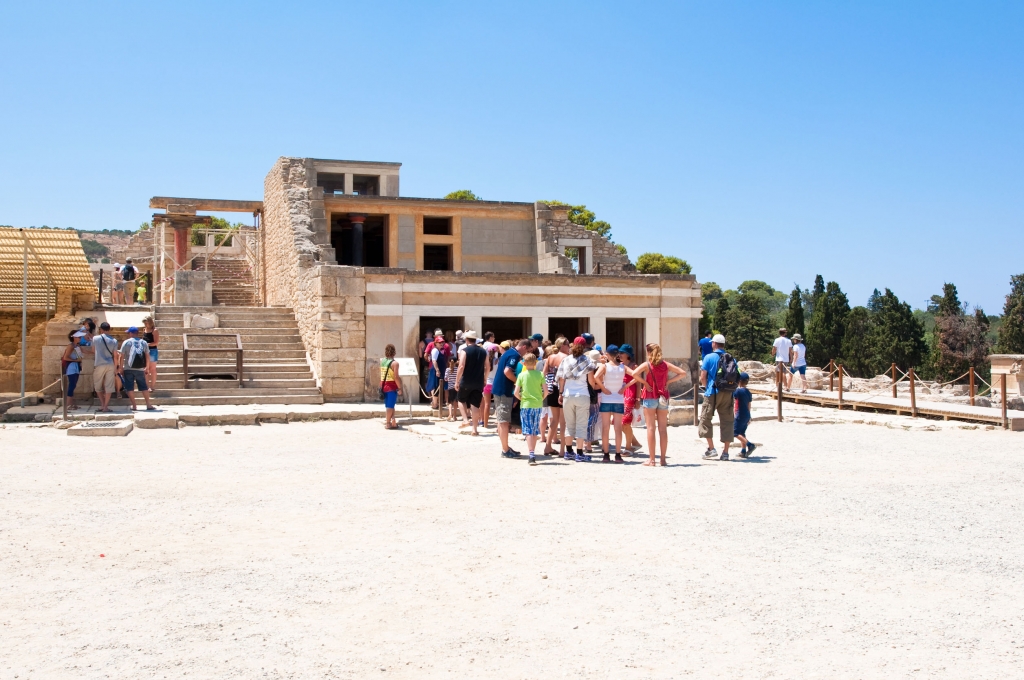
How to end your Knossos visit
Take plenty of photographs (and share them with us using the #cliomusetours on Instagram) and before you leave the site, make sure to stop by the gift shop and buy some elegant souvenirs for you and your loved ones. Keep updated with visit information and opening hours here





















